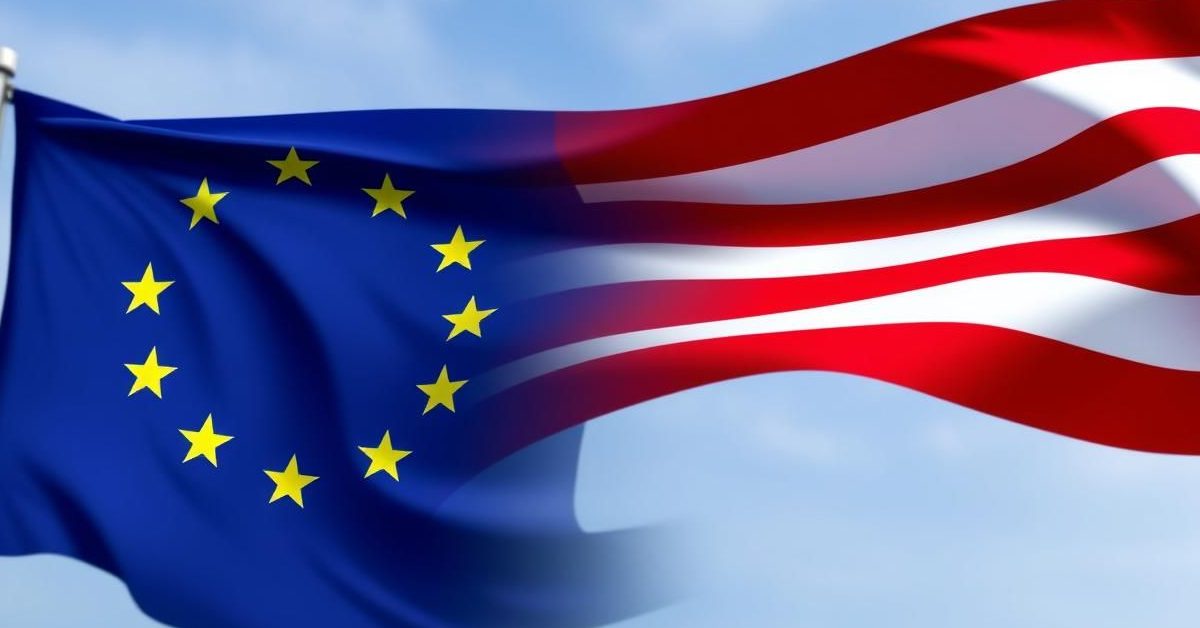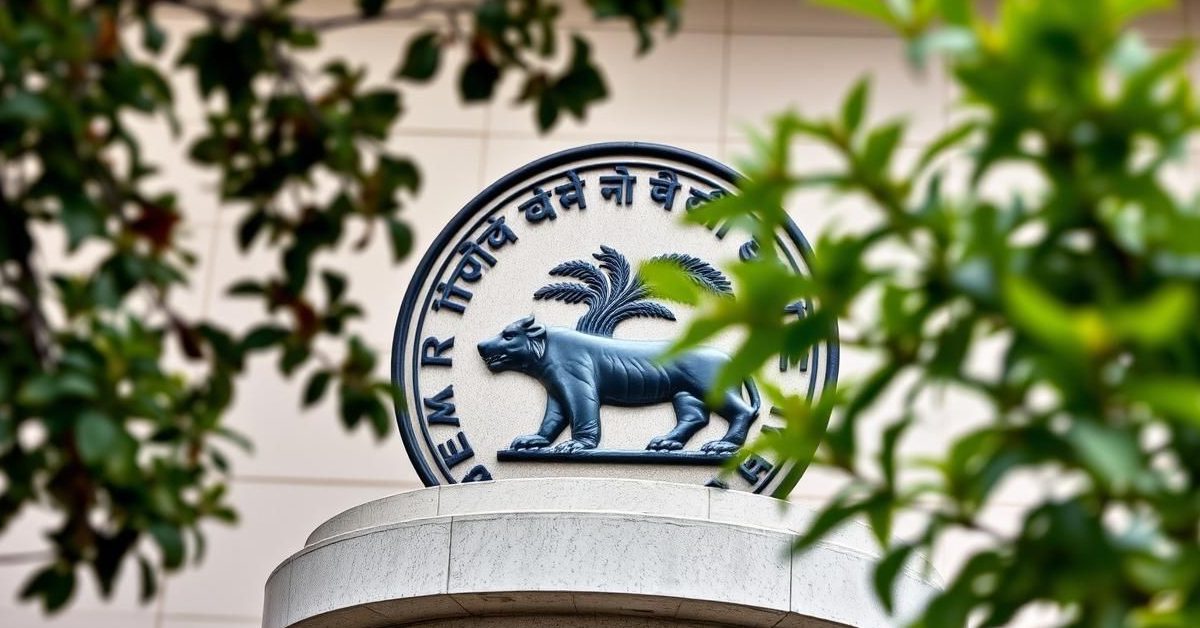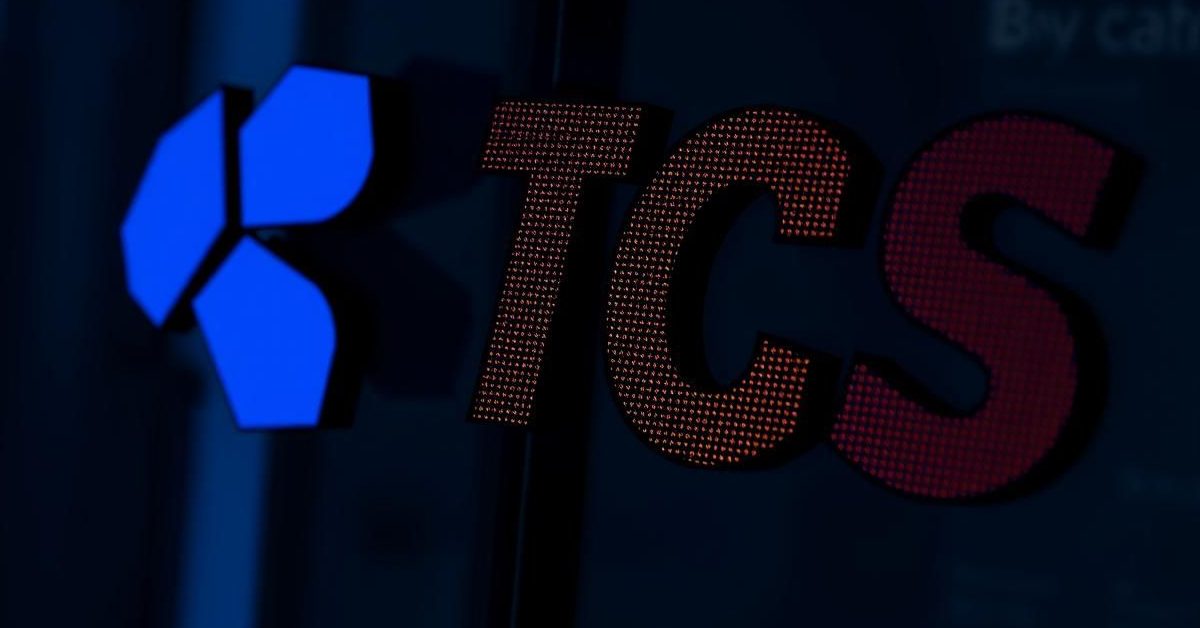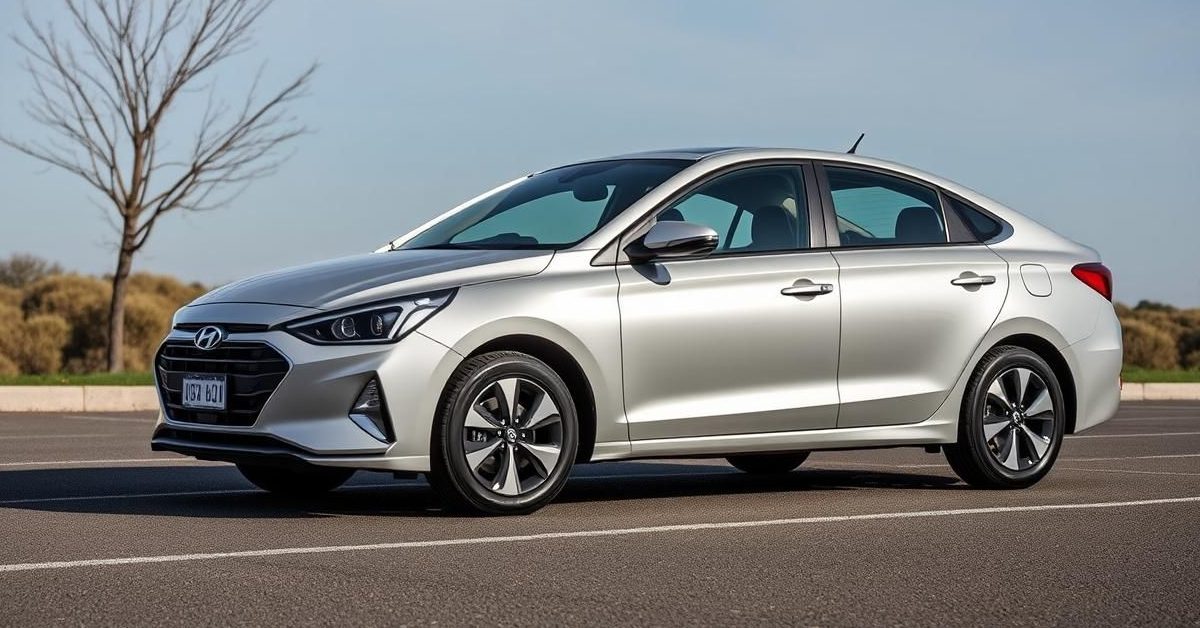India is actively preparing a list of potential trade concessions to offer the US in upcoming talks, aiming to secure a crucial trade deal amid growing pressure from Washington.
Pressure Mounts for a US Trade Deal
Following recent tariff announcements by the US, the Indian government has launched a proactive exercise. Key economic ministries are now identifying possible concessions across various sectors.
These concessions are intended to sweeten New Delhi’s offer as US trade representatives arrive for negotiations later this month. The Trump administration has consistently pushed for broader market access and significant tariff reductions.
US Demands and Growing Frustration
Washington has expressed frustration over the pace of trade talks with India. The US is seeking more than what has been offered so far, including lower tariffs across the board and the removal of non-tariff trade barriers.
US Treasury Secretary Scott Bessent noted India’s “slow-rolling” of negotiations and its continued purchase of sanctioned Russian oil. This has added to the pressure on New Delhi to accelerate discussions.
India’s Strategic Approach: Balancing Act
India has largely adopted a cautious yet non-confrontational stance. The goal is to balance strategic concessions with the need to safeguard its economic growth and protect domestic industries.
Traditional “red lines” for India include concerns over genetically modified food crops and the protection of its vast, labor-intensive manufacturing base. Policymakers are keen to avoid a show of bravado and learn from past external crises, like the 1991 reforms.
Potential Concessions on the Table
Currently, India has offered to cut tariffs on 55% of US imports, a figure that could increase during the upcoming talks. There’s a growing willingness to reduce tariffs on certain industrial goods, particularly intermediate products with inverted duty structures.
Concessions are also being considered in areas like public procurement and agriculture, provided there’s reciprocity from the US side. To address the trade deficit, India is open to importing more from the US in big-ticket sectors such as defence equipment, fossil fuels, and nuclear energy.
The China Factor and Future Outlook
A key driver for India is the advanced stage of trade negotiations between the US and China. India aims to secure a deal to ensure a favorable tariff differential is maintained, especially given China’s current 30% tariff.
While the initial deadline for a deal was set around October, positive fresh negotiations could bring this forward. The final decision may ultimately rest on a direct conversation between Prime Minister Narendra Modi and former US President Donald Trump, given his hands-on approach to trade.
- India is actively seeking trade concessions to offer the US to secure a deal.
- The US demands include significant tariff reductions and removal of non-tariff barriers.
- India aims to balance strategic offers with protecting its domestic industries and “red lines” like agriculture.
- Potential concession areas include industrial goods, defence, fossil fuels, and nuclear energy.
- Securing a deal is crucial for India to maintain a favorable tariff gap with China.
As negotiations proceed, the ability to find common ground will be essential for both nations to navigate the complex global trade landscape.














